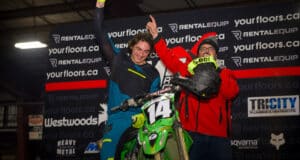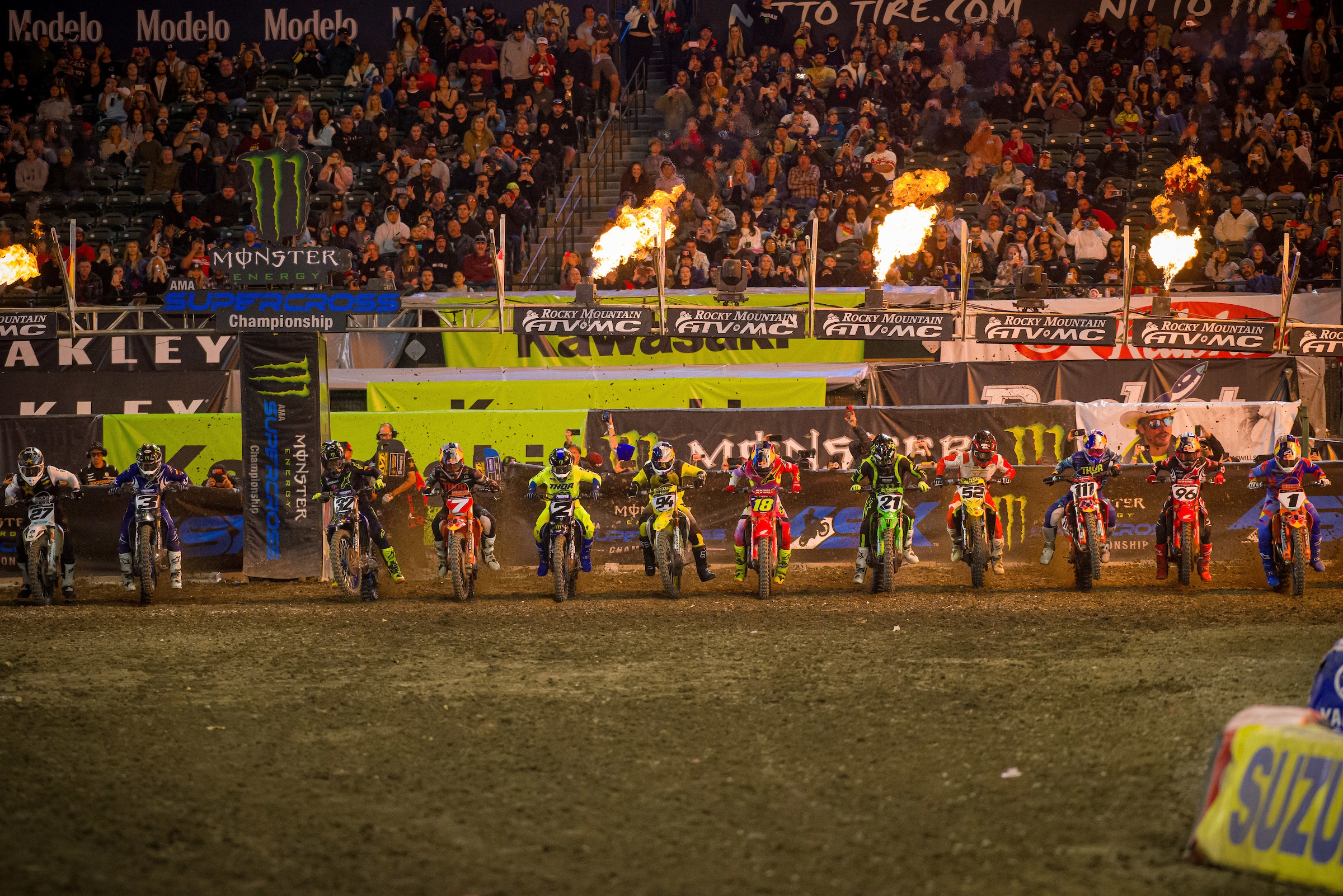May 13, FIM Motocross World Championship, MX1 MX2
[youtube id=”24N8OUfFKRk” width=”600″ height=”350″]
Don't Miss
- Matrix Concepts Canada Presents the Flood (drip) 2.0
- Matrix Concepts Canada Presents the Flood (drip) 2.0
- Matrix Concepts Canada Presents the Flood 2.0
- Matrix Concepts Canada Presents the Flood 2.0
- Matrix Concepts Canada Presents the Flood 2.0
- Matrix Concepts Canada Presents The FLOOD 2.0
- Matrix Concepts Canada Presents The FLOOD 2.0
- Matrix Concepts Canada Presents The FLOOD 2.0
- The FLOOD 2.0
- FLOOD 2.0
- The FLOOD 2.0
- Motovan Presents MXP Chatter With Phil Nicoletti
- Sailun Tire Presents The Monday Gate Drop
- Matrix Concepts Canada Presents 3 Q’s With Ryan Lockhart
- Matrix Concepts Canada Presents The Flood 2.0
- Matrix Concepts Canada Presents The Flood 2.0
- Kimpex Canada Presents Dialed In With Donk
- Motovan Presents MXP Chatter With Ryder McNabb
- Sailun Tires Presents The Monday Gate Drop
- Matrix Concepts Canada Presents The FLOOD 2.0
- Kimpex Canada Presents Dialed In With Donk- Finding Comfort
- Yamaha Motor Canada Presents MXP Chatter With Kevin Tyler
- The Friday Ten!
- Matrix Concepts Canada Presents 3 Q’s With Ryan Lockhart
- The FLOOD 2.0
- FLOOD 2.0 with Ryan Gauld
- The FLOOD 2.0 With Ryan Gauld
- Watch: New Quinn Amyotte Vlog
- The Monday Gate Drop Presented By Yamaha Motor Canada
- Trio of Speedways Set to Host Second Year of SuperMotocross World ChampionshipTM Playoffs
- Results And Highlights From 2024 Daytona Supercross
- TOM VIALLE AND RED BULL KTM FACTORY RACING WIN DAYTONA 250SX MAIN EVENT





